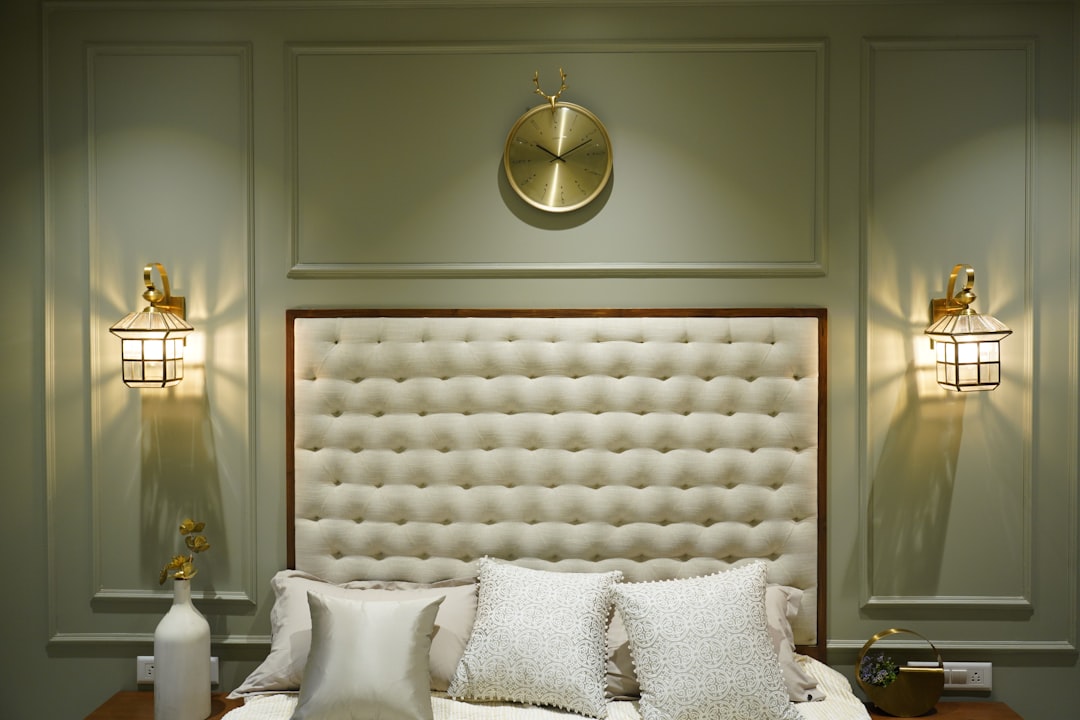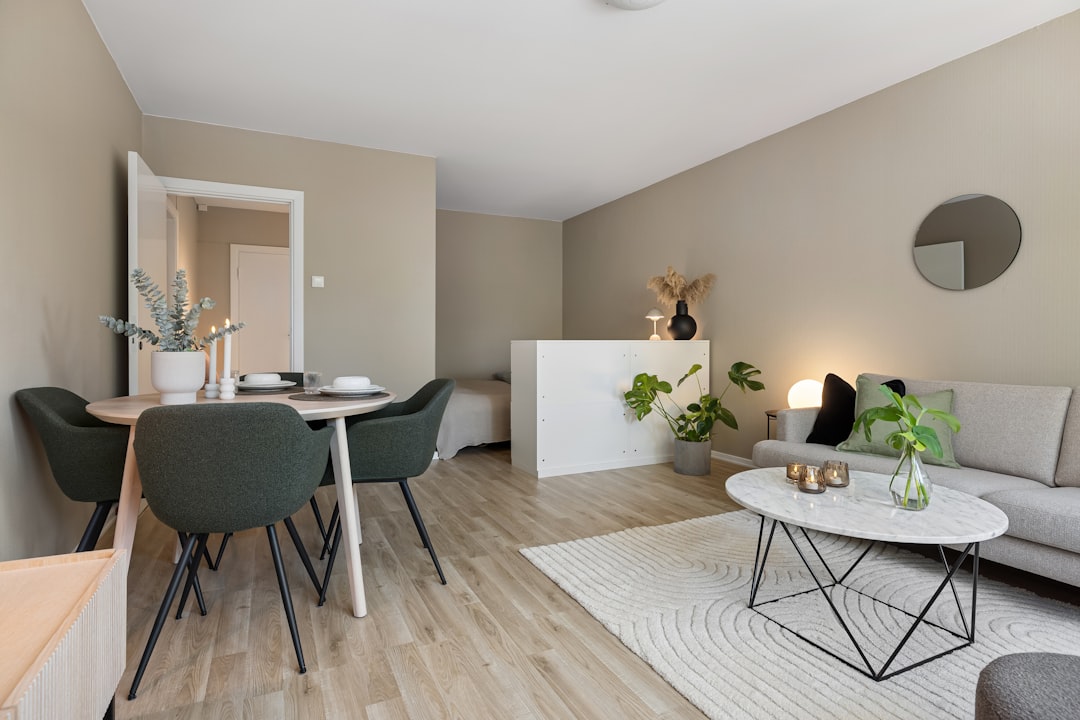How to Choose Timeless, High-Quality Furniture That Lasts for Decades
Investing in furniture crafted from durable, natural materials with timeless design ensures your home remains elegant and functional for years. This guide reveals how to select pieces with lasting style, expert craftsmanship, and sustainable values.
Key Takeaways
- Choose timeless designs that pass the 20-Year Test — combining balanced proportions, clean lines, and purpose-driven beauty.
- Opt for natural materials like solid hardwoods, full-grain leather, and enduring metals that develop character over time.
- Prioritize traditional joinery methods such as mortise-and-tenon and dovetail joints to ensure durability.
- Invest more in core pieces like sofas and tables, while using accent items for flexible style updates.
- Maintain furniture attentively to preserve and enhance its aging process.
- Support sustainable and ethical brands that focus on quality, transparency, and eco-friendly practices.
Table of Contents
- Why Timeless Design Is at the Heart of Lasting Furniture
- Natural Materials That Age Beautifully
- Craftsmanship and Joinery: Built to Endure
- Invest Where It Counts: Core vs. Accent Pieces
- Maintenance: Nurturing Furniture That Lasts
- Buying Sustainably: Furniture with a Future
- Brands That Prioritize Quality and Longevity
- Final Thoughts: Create a Home That Grows With You
Why Timeless Design Is at the Heart of Lasting Furniture
Durable furniture begins with designs that transcend fleeting trends. The “20-Year Test” helps determine if a piece will remain beloved and useful over decades. Timeless design balances aesthetic appeal and practical function to ensure you never grow tired of your furniture.
Key Traits of Timeless Design:
- Balanced Proportions: Inspired by design principles like the golden ratio, ensure pieces feel harmonious and comfortable. For example, table legs inset about 1.6 times their distance from corners provide grounded symmetry.
- Clean Lines: Minimal embellishment and uncomplicated silhouettes age gracefully while adapting to new styles.
- Purpose-Driven Beauty: Functionality leads—whether ergonomic seating or sturdy tables—with aesthetics enhancing natural elegance.
- Earth-Toned Palettes: Neutral hues such as olive green, warm beige, and soft stone white maintain broad appeal and fit varied decors.
Ultimately, select what resonates with your personal taste instead of chasing trends. This thoughtful approach yields a living space that’s both meaningful and beautiful.
Discover more timeless design principles here.
Natural Materials That Age Beautifully
The durability of furniture hinges on material quality. Natural materials wear in rather than out, gaining patina and character instead of deteriorating.
Solid Hardwoods: Strength with Soul
- Oak, walnut, teak, cherry, and mahogany are prized for density, grain, and longevity.
- These woods darken or deepen in tone over time, telling a unique story.
- Avoid veneered or particleboard items—they warp and degrade faster.
- Seek sustainably sourced or reclaimed FSC-certified wood.
Full-Grain Leather: A Material That Matures
- Durable, tactile full-grain leather softens with use and develops rich patina.
- Age marks and variations add personality without compromising function.
- Condition regularly and avoid direct sunlight to extend life.
- Synthetic faux leathers often flake or degrade quickly.
Enduring Metals: Utility Meets Elegance
- Brass and bronze develop a natural patina that narrates their use.
- Stainless steel and powder-coated iron resist rust and require minimal upkeep.
- Hand-forged or welded metalwork adds lasting solidity.
Choosing authentic natural materials transforms furniture into heirlooms reflecting your lifestyle.
Learn more about natural furniture materials here.
Craftsmanship and Joinery: Built to Endure
Superior materials need skilled assembly. Traditional joinery delivers strength and longevity beyond glue or nails typical in mass production.
Tried-and-True Joinery Methods:
- Mortise and Tenon: Powerful interlocking wood joints requiring no adhesives.
- Dovetail Joints: Interwoven drawer joints that endure constant use without loosening.
- Hand-Finished Details: Hand-applied stains and oils highlight natural wood variations and hide wear gracefully.
Why Details Matter:
- Solid weight, stable balance, and smooth operation feel unmistakably quality.
- Expert finishes enhance rather than mask the material’s character.
- Proper construction allows easier maintenance and repair, extending life.
Seek makers who combine artisan skill with modern precision for dependable durability.
Explore joinery and durability methods here.
Invest Where It Counts: Core vs. Accent Pieces
Focus your budget on furniture pieces you use daily. Core items merit higher investment, while accents provide style flexibility and seasonal updates.
Prioritize Spending On:
- Comfortable seating like sofas or reading chairs built to hold shape long term.
- Sturdy tables—dining, coffee, or work surfaces—able to handle frequent use.
- Functional lighting and storage that define a room’s usability.
Accent Pieces:
- Side tables, pillows, and decorative items can be rotated according to taste and trends.
Benefits of this approach:
- Long-Term Savings: Durability reduces replacement costs.
- Environmental Impact: Fewer disposals preserve resources and lower waste.
- Personal Legacy: Core pieces become family touchstones over time.
- Design Flexibility: Easy updates keep your space feeling fresh.
Discover more furniture investment strategies here.
Maintenance: Nurturing Furniture That Lasts
Treat high-quality furniture with care to preserve its appearance and function. Proper maintenance enhances natural aging and extends life.
Care Tips by Material:
- Hardwood: Dust gently, apply wood oils or wax periodically, and protect from humidity extremes to prevent cracking or warping.
- Leather: Clean with a damp cloth, condition twice yearly, shield from direct sun, and attend to spills promptly without abrasives.
- Metal: Wipe with soft damp cloths, avoid harsh chemicals, allow patinas on brass, and promptly treat rust on powder-coated metal.
Mind the Environment:
- Consider climate effects on materials when choosing and positioning furniture.
- High-traffic areas may need tougher finishes or more frequent upkeep.
- Avoid placing wood near heat sources or dampness to maintain integrity.
Small habits add up to major long-term benefits, supporting both style and substance.
Read full material care guidelines here.
Buying Sustainably: Furniture with a Future
Sustainable furniture purchasing reflects respect for people and planet, extending beyond durability to ethical production and resource conservation.
What to Look For:
- Certified Wood: The FSC ensures responsible harvesting with regeneration efforts.
- Reclaimed/Recycled Materials: Reduce strain by using previously processed resources.
- Ethical Manufacturing: Transparent supply chains and fair labor practices demonstrate brand values.
- Built to Last: Durable pieces cut waste and carbon emissions by staying in use longer.
Your choices contribute to a larger ecosystem—choose thoughtfully for a positive future.
Dive deeper into eco-conscious furniture here.
Brands That Prioritize Quality and Longevity
A lasting piece begins with the right maker. Choose brands that emphasize transparency, craftsmanship, and accountability.
Reliable Brands to Explore:
- Restoration Hardware: Renowned for traditional designs, robust builds, and materials that age beautifully.
- Medley: Handcrafted FSC-certified wood furniture with a commitment to environmental health.
- Stickbulb: Combines modern design with reclaimed wood and artisan craftsmanship.
- European Heritage Makers: Family-run workshops practicing centuries-old joinery, often offering lifetime warranties and strong sustainability ethics.
A trustworthy brand delivers not only quality but confidence, service, and lasting value.
Final Thoughts: Create a Home That Grows With You
Timeless, high-quality furniture forms both the physical and emotional backbone of your home. Thoughtful investment creates surroundings that evolve alongside your life while preserving beauty and meaning.
Remember to:
- Apply the 20-Year Test when considering purchases.
- Favor classic proportions and subtle color palettes unlikely to date quickly.
- Choose authentic materials that develop rich patinas naturally.
- Seek time-honored joinery and skilled craftsmanship.
- Commit to routine maintenance that nurtures aging well.
- Make buying decisions reflecting sustainability and ethics.
- Invest primarily in core furnishings rather than disposable accents.
- Partner with reputable brands who stand behind their products.
By embracing longevity, your home becomes a space enriched by objects that tell your story and grow with you through time.
Looking for expert guidance on furniture combining design, durability, and sustainability? Browse curated selections and detailed advice at SelectFurnitureStore—where lasting beauty begins with mindful choices.
Frequently Asked Questions
What is the “20-Year Test” and how can I use it when buying furniture?
The 20-Year Test asks you to imagine whether you still love and use a piece two decades from now. This perspective encourages selecting timeless styles and durable construction over fleeting trends, helping you invest wisely in furniture that endures.
Why is traditional joinery better than glue or nails?
Traditional joinery methods like mortise and tenon or dovetail joints mechanically lock pieces together, providing superior strength and resistance to wear compared to adhesives or nails, which tend to weaken over time.
How do natural materials like hardwood and leather develop character over time?
Natural hardwoods deepen or darken their tone, developing a unique patina from exposure and use. Full-grain leather softens and gains texture and color variations with time, enhancing the piece’s personality without compromising durability.
What maintenance practices help furniture last longer?
Regular dusting, periodic conditioning (especially for leather), controlled humidity, and prompt cleaning of spills prolong furniture life. Avoid harsh chemicals and direct sunlight to protect finishes and materials.
How can I ensure the furniture I buy is sustainably made?
Look for FSC-certified wood, reclaimed or recycled materials, transparent supply chains, and brands committed to ethical labor and environmental stewardship. Durable furniture that lasts also reduces waste and impact.






